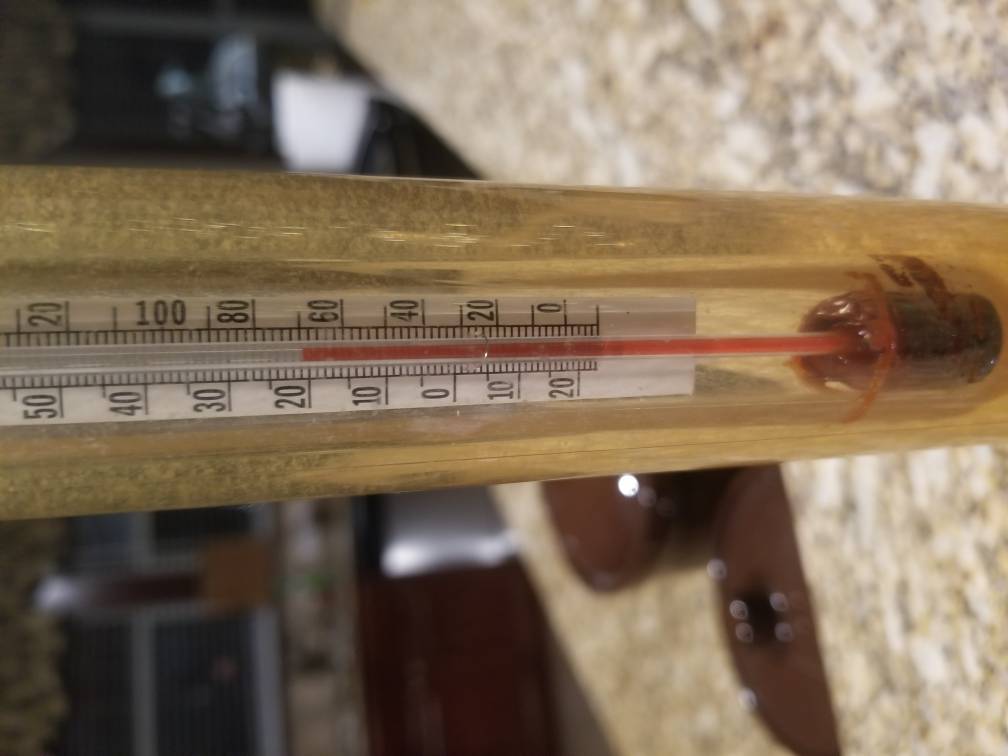- Joined
- Nov 30, 2016
- Messages
- 110
- Reaction score
- 22
I started brewing 15 years ago when batch sparging was all the rage. It was the BIAB of the time. It was the quick and easy (and cheapest) entry into all grain brewing. Seriously how cheap and easy could it get, all you needed was a $20 cooler and a $5 SS braided plumbing hose. I recall similar conversations about fly vs batch and why doesn't everyone batch sparge, fly was a waste of time etc..
What it comes down to is people start brewing have a method of entry. If they stick with brewing they optimize/refine their system to personal tastes. Some tinker and go more complex, some look to simplify, it comes down to what was said about personal preferences and motivations to change, where they want to brew, challenges with their current system and so on. The opportunity to change comes with equipment changes. For me i changed when my old cooler mash tun needed to be replaced. I was at a cross roads, do i go fancy new insulated SS mash tun, SS kettle/false bottom, or switch method all together. I chose to do all of the above because of scale.
5 gallon - i went all in one electric so i can brew in the basement in the winter and to simplify. Where i am at in life with kids, i dont have much time to brew, or tinker these days. I have 4 brews with this setup and am sold on the simplicity. I dont find it that much faster, but agree less cleanup, equipment storage etc.. This is the method i will likely be brewing 80% of the time.
2.5 gallon - i recently bought a 3 gallon fermonster, 2.5 gallon kegs for this scale and split 5 gallon experimental batches. I also bought a bag to do 2.5 gallon BIAB batches on my stove top. This scale is for my experimental batches i am not sure i want to commit and have to suck down 5 gallons of a beer i may not like, or small batches to serve as yeast starters for my yeast bank or larger batches.
10-15 gallon - I do this scale for my proven recipes everyone likes that is always on tap. Maybe 2-4 times a year depending on how much i am experimenting and how much variety i want on tap. I kept my old equipment and added a new SS kettle with false bottom. Plan to stay batch sparging at this scale.
We could not be more fortunate to have so many different ways to make good beer and at different scales. This is what works for me, some people might think i am crazy, some people might think its genius, i really dont care what people think about the method i chose, it is what works for me. I enjoy brewing, drinking, and sharing good beer! Pick what works for you that meets your needs and RDWHAHB!
What it comes down to is people start brewing have a method of entry. If they stick with brewing they optimize/refine their system to personal tastes. Some tinker and go more complex, some look to simplify, it comes down to what was said about personal preferences and motivations to change, where they want to brew, challenges with their current system and so on. The opportunity to change comes with equipment changes. For me i changed when my old cooler mash tun needed to be replaced. I was at a cross roads, do i go fancy new insulated SS mash tun, SS kettle/false bottom, or switch method all together. I chose to do all of the above because of scale.
5 gallon - i went all in one electric so i can brew in the basement in the winter and to simplify. Where i am at in life with kids, i dont have much time to brew, or tinker these days. I have 4 brews with this setup and am sold on the simplicity. I dont find it that much faster, but agree less cleanup, equipment storage etc.. This is the method i will likely be brewing 80% of the time.
2.5 gallon - i recently bought a 3 gallon fermonster, 2.5 gallon kegs for this scale and split 5 gallon experimental batches. I also bought a bag to do 2.5 gallon BIAB batches on my stove top. This scale is for my experimental batches i am not sure i want to commit and have to suck down 5 gallons of a beer i may not like, or small batches to serve as yeast starters for my yeast bank or larger batches.
10-15 gallon - I do this scale for my proven recipes everyone likes that is always on tap. Maybe 2-4 times a year depending on how much i am experimenting and how much variety i want on tap. I kept my old equipment and added a new SS kettle with false bottom. Plan to stay batch sparging at this scale.
We could not be more fortunate to have so many different ways to make good beer and at different scales. This is what works for me, some people might think i am crazy, some people might think its genius, i really dont care what people think about the method i chose, it is what works for me. I enjoy brewing, drinking, and sharing good beer! Pick what works for you that meets your needs and RDWHAHB!

























































![Craft A Brew - Safale S-04 Dry Yeast - Fermentis - English Ale Dry Yeast - For English and American Ales and Hard Apple Ciders - Ingredients for Home Brewing - Beer Making Supplies - [1 Pack]](https://m.media-amazon.com/images/I/41fVGNh6JfL._SL500_.jpg)
